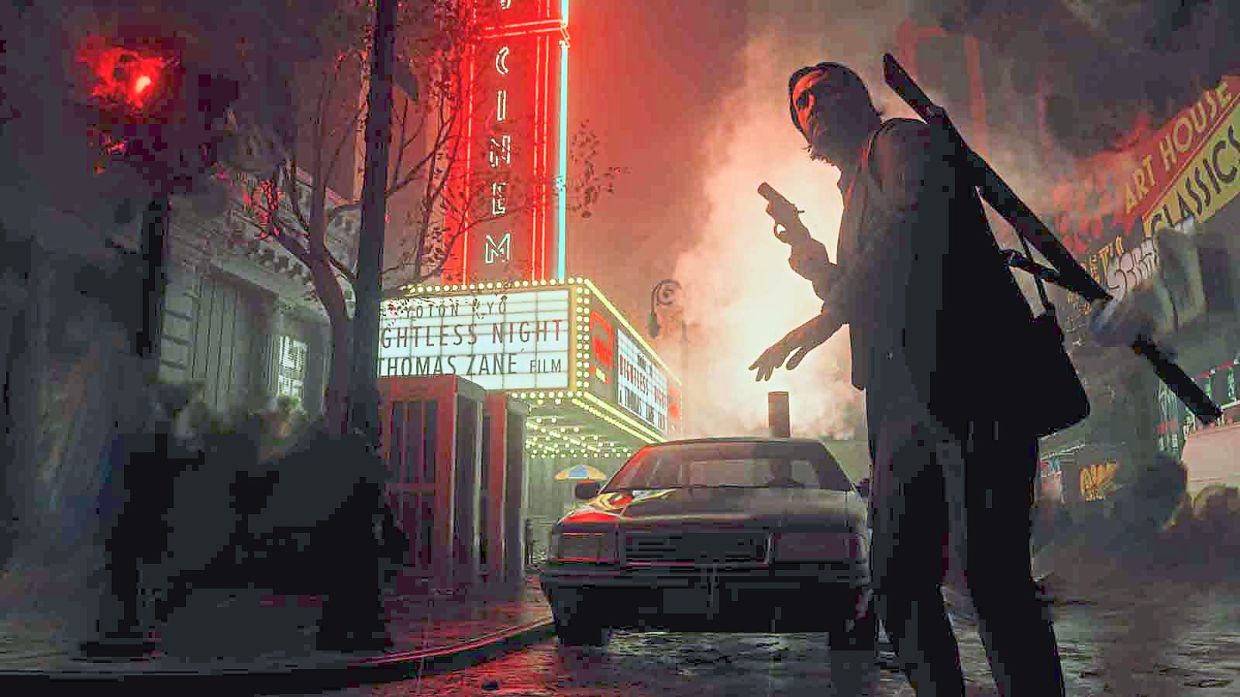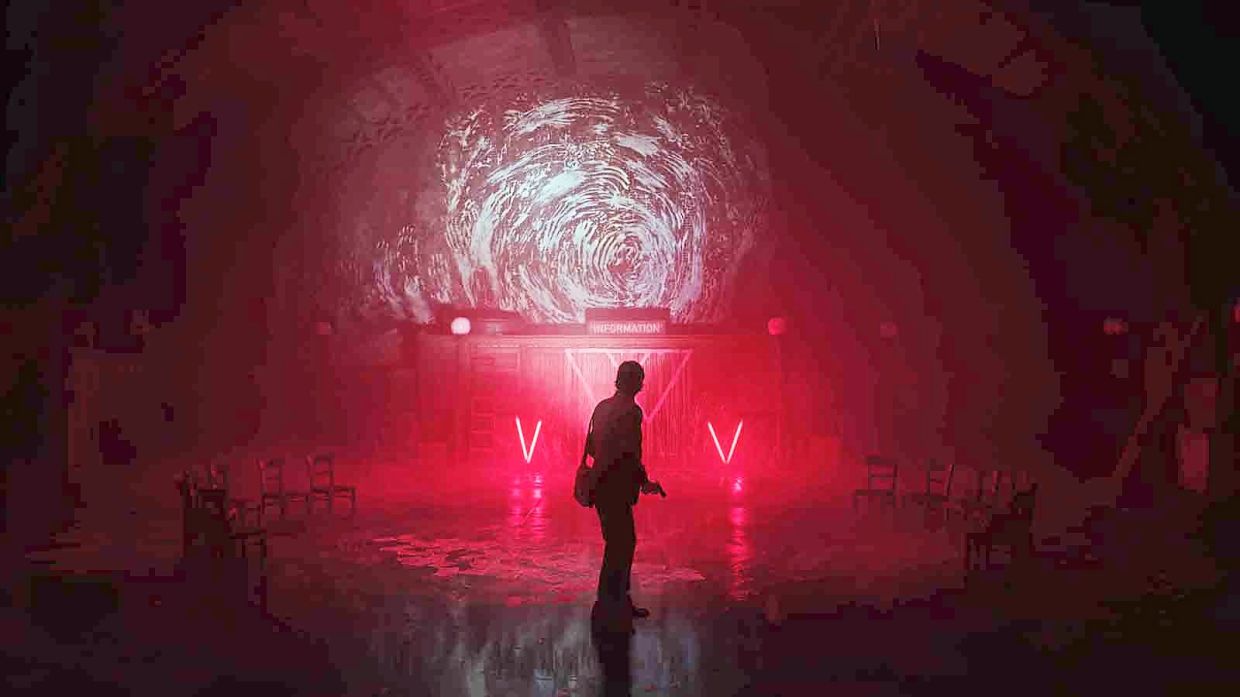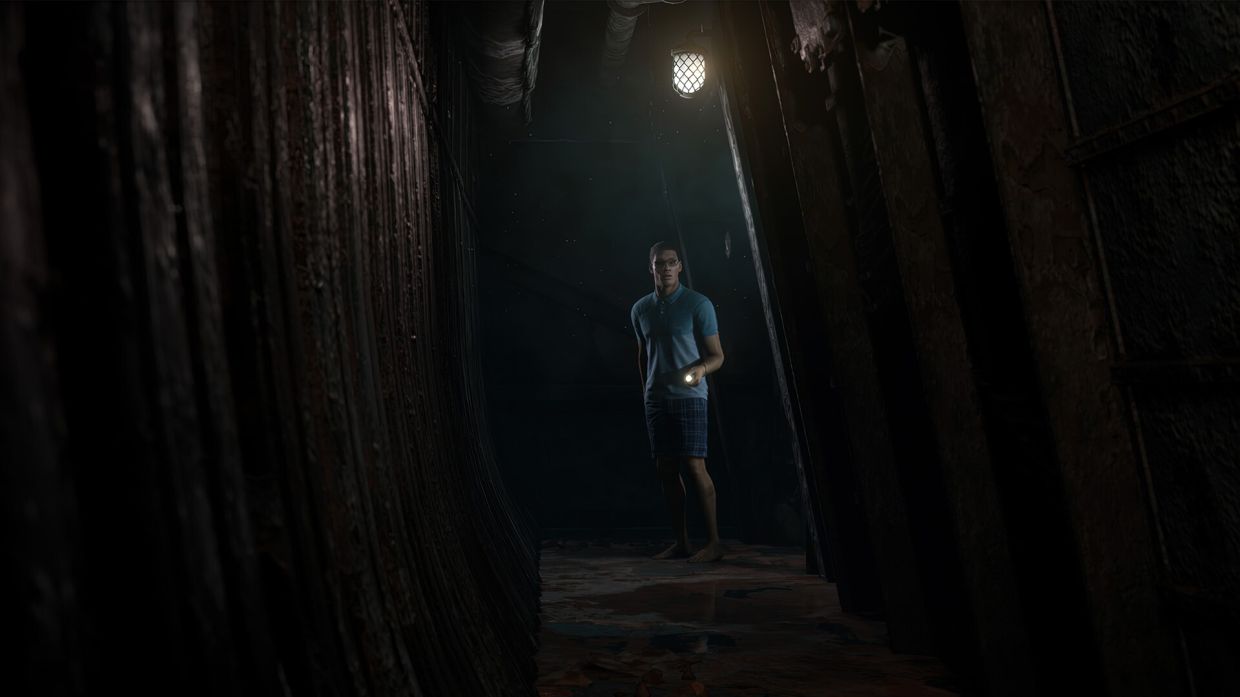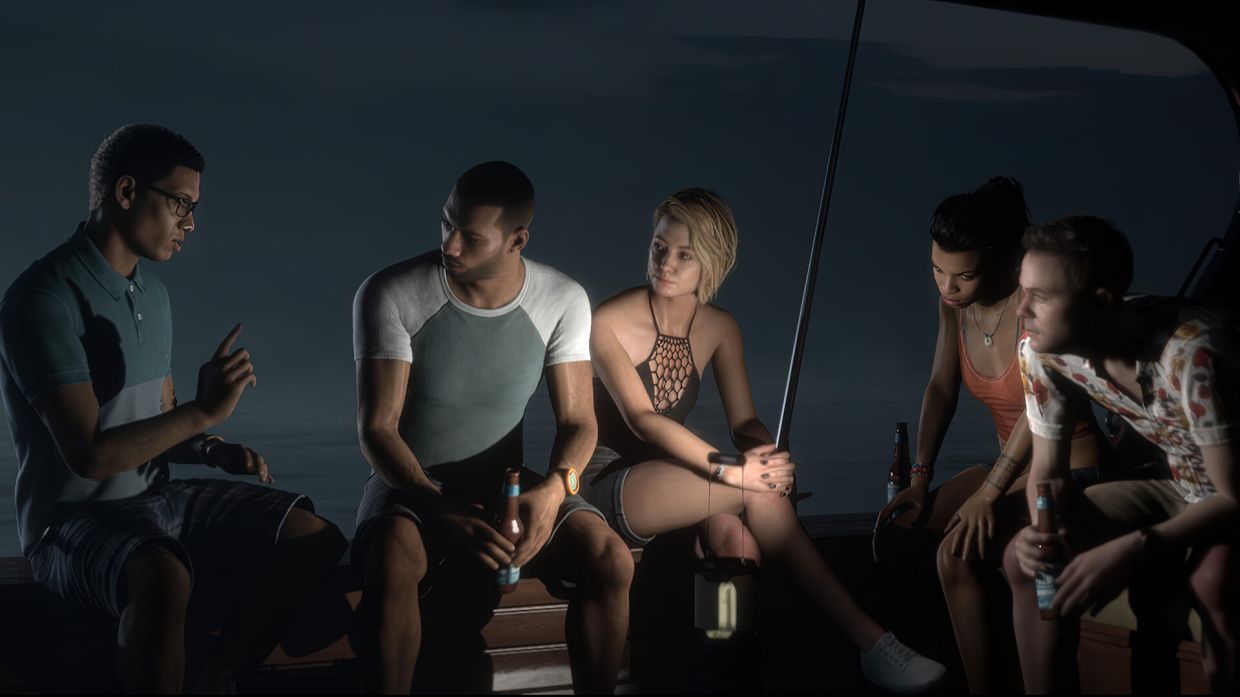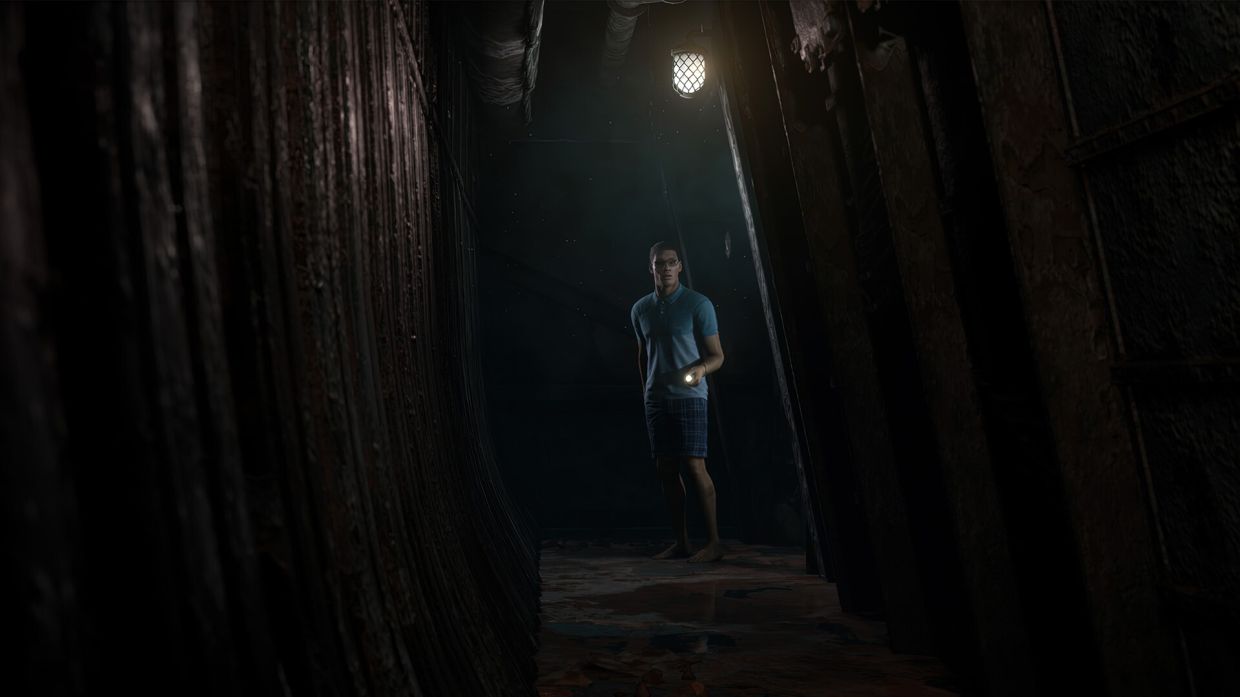Last year’s Alan Wake 2 enhanced its sense of terror with the frequent use of live-action sequences – in cut scenes and jump scares – to blur the line between what is real and what is not. — Remedy Entertainment
It is a video game horror renaissance.
Blumhouse Productions, the movie studio behind Paranormal Activity and The Purge, has started a gaming label. Independent developers are drawing inspiration from the original PlayStation and Nintendo 64 eras for low-fidelity shock value. And major studios are remaking classic titles in the Resident Evil and Silent Hill franchises.
Uh-oh! Daily quota reached.

Last year’s Alan Wake 2 enhanced its sense of terror with the frequent use of live-action sequences – in cut scenes and jump scares – to blur the line between what is real and what is not. — Remedy Entertainment
Last year’s Alan Wake 2 enhanced its sense of terror with the frequent use of live-action sequences — in cut scenes and jump scares — to blur the line between what is real and what is not.
PLGALANWAKE-REVIEW-3-MCT
Last year’s Alan Wake 2 enhanced its sense of terror with the frequent use of live-action sequences — in cut scenes and jump scares — to blur the line between what is real and what is not.
PLGALANWAKE-REVIEW-2-MCT




